Learning styles are a hot topic when talking about psychology and education. Learning styles are the way in which people identify their preferred way to learn. There are many concepts of learning styles but one of the most famous and widely used is VAK model.
VAK, is an acronym for Visual, Auditory, and Kinaesthetic. With this model, students are grouped into one of the three categories depending on whether they show a preference to Visual (pictures, movies, diagrams), Auditory (music, lectures, discussions), or kinesthetic learning (hands on, practise, movements).
For example, in a ski school lesson, if a task was presented, how would you prefer to have the information about the task?
- Shown to you, using a video or demonstration.
- Described to you with an explanation of how to do it.
- Brief description or demonstration then just have a go yourself.
The VAR model claims if you chose number 1 you may be a visual learner. If you would prefer number 2 you may be an auditory learner. If you chose number 3 you may be a kinesthetic learner.
How do I know what I am?
Visual Learning
Visual learners would prefer to see the information about a task or project presented in a visual form. Useful tools for visual learners include charts, diagrams, illustrations and videos.
- Do you have to see information in order to remember it?
- Do you pay close attention to body language?
- Are art, beauty, and aesthetics important to you?
- Does visualizing information in your mind help you remember it better?
If you can answer yes to most of these questions, chances are good that you favour a visual learning style.
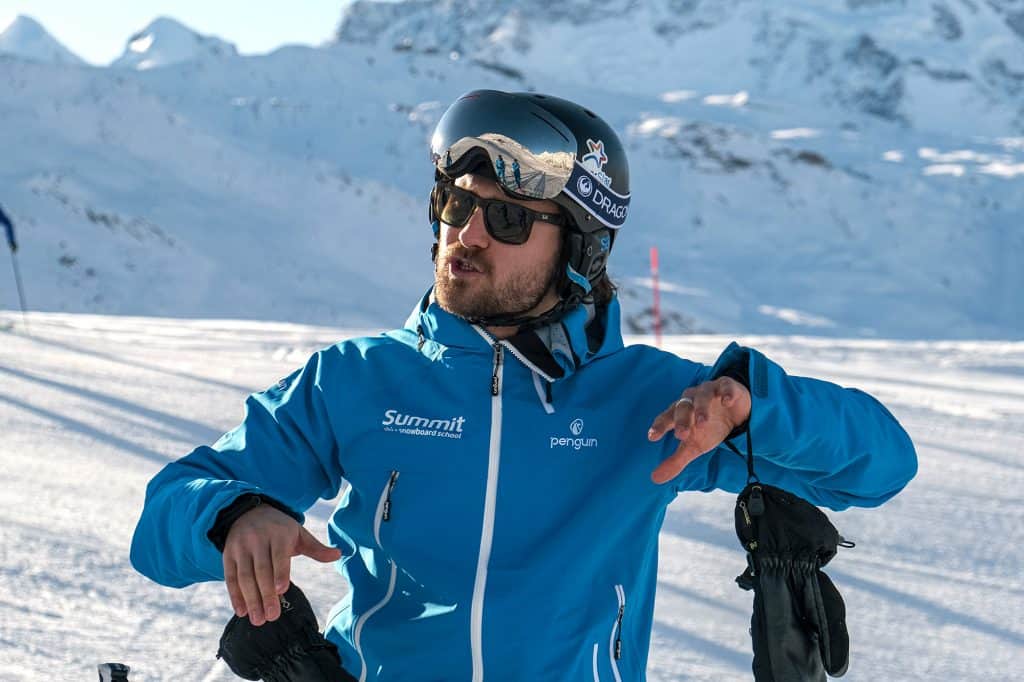
Auditory Learning
Auditory or Aural learners learn best by listening to information. Such as lectures, audible books, they also tend to be good at remembering things that they are told.
- Do you prefer to listen to audible books?
- Does reading out loud help you remember information better?
- Do you create songs to help remember information?
If you answered yes to most of these questions, then you are probably an auditory learner.
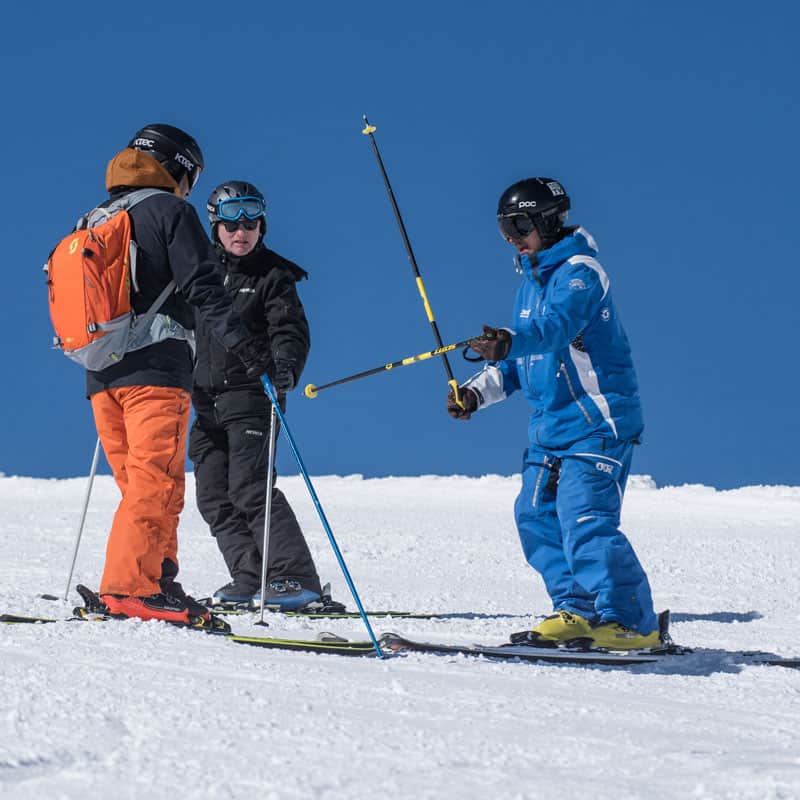
Kinaesthetic Learning
Kinaesthetic learners learn best by doing. The hands-on approach is a preferred method for a Kinaesthetic learner.
- Do you enjoy performing tasks that involve directly manipulating objects and materials?
- Is it difficult for you to sit still for long periods of time?
- Are you good at applied activities such as painting, cooking, mechanics, sports, and woodworking?
- Do you have to practice doing something in order to learn it?
If you responded yes to these questions, then you are most likely a kinaesthetic learner.
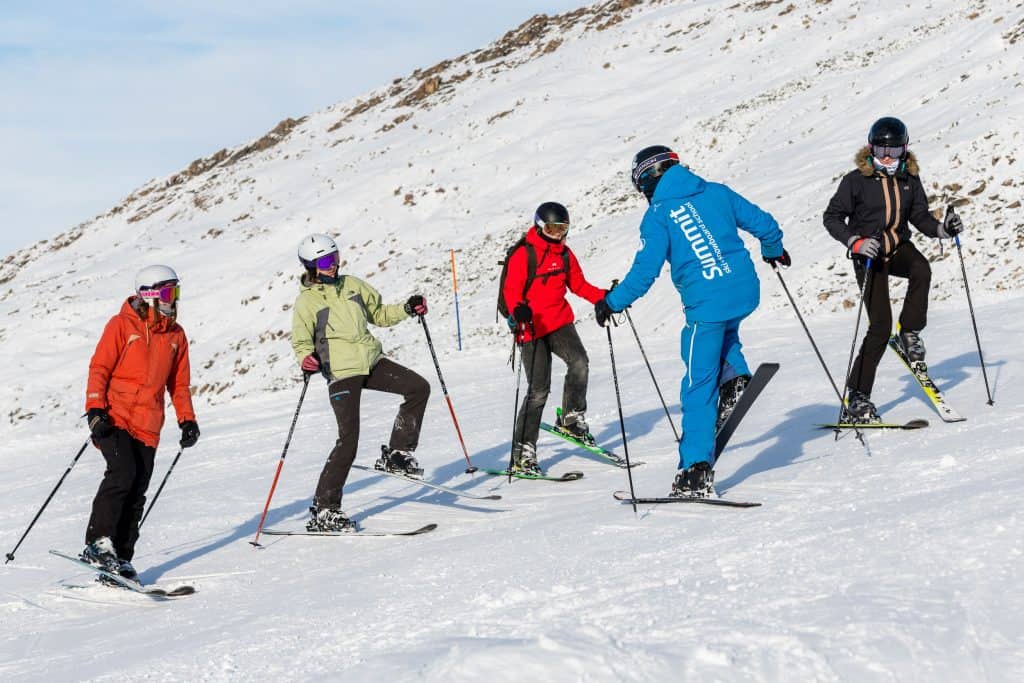
Do I need to know what I am?
In short no, no you do not need to know which learning style you favour. Studies have shown that often your ‘preferred’ style changes as you grow and experiences in life effect you. This means that what learning style we are as a teen could change as we move into adulthood.
For a while I believed myself to favour a particular learning style, until I broke it down and realised that it changes depending on what the task is. This is where the instructor comes into play.
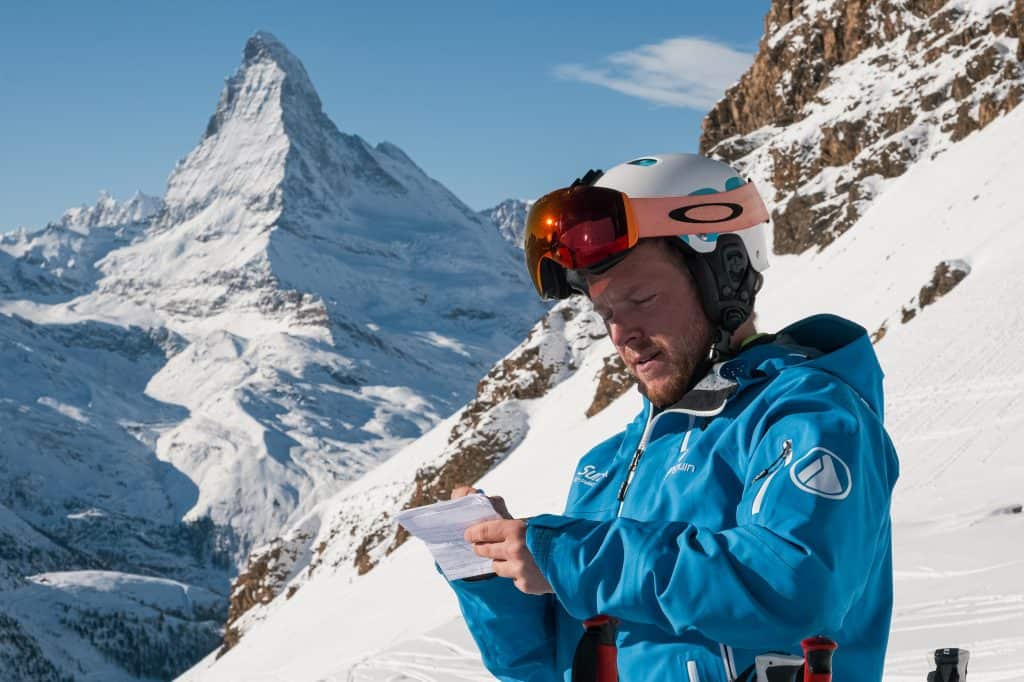
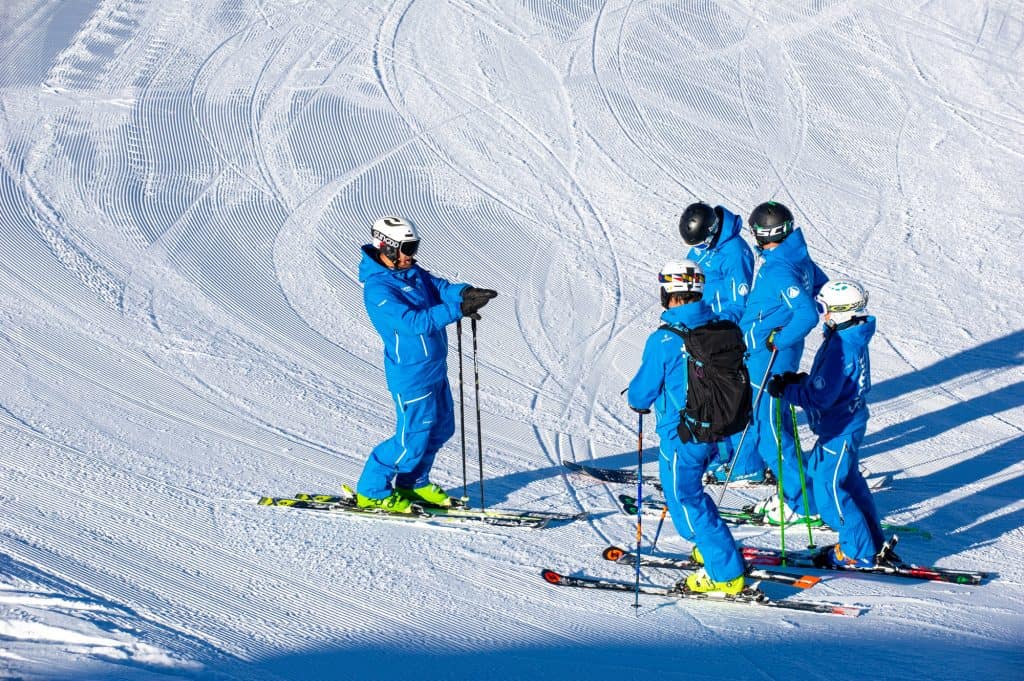
The instructor’s role in the VAK learning styles
Instructors use this information in lessons to create a clear and fun learning environment. The instructor’s role is to find out, through questioning and constant review, which ways the student benefits from what is being presented and experimented with during the lesson.
For example:
“Describe whether you achieved the task of getting more grip on the outside ski?”
Such responses could be:
“Yes, because I can see my tracks are round and consistent from start to finish” (Visual)
“Yes, because it was quieter than when I slid and made a loud scraping noise.” (Auditory)
“Yes, I did because I felt heavier on my right foot around the corner.” (Kinesthetic)
From these responses the instructor can further question the individual this time being more specific, questioning and presenting tasks using their preferred style. Let’s take a Visual Learner as an example during a private lesson.
Instructor: “Describe whether you achieved the task of getting more grip on the outside ski?”
Student: “Yes because I can see my tracks are round and consistent from start to finish”
Instructor: “Awesome, you see the corridor that you used on the hill there. Let’s half that corridor size for the next 15 turns.”
Student: “Ok so half the size of my previous corridor, that is a ¼ of this next piste. Let’s get it.”
Throughout the lesson, the communication between the instructor and the student could be looked at like a funnel, where it is wide at the top and narrow at the bottom.
- Wide signifies the open questions and communication from the instructor gathering information. As the student responds and starts achieving tasks, the instructor can start to alter the questions becoming more specific, picking up on which learning style the student is favouring at that moment.
- Narrowing the questions, matching the way that the student is responding with their answers and their performance of the tasks. Removing the information that is not vital in keeping this student on the path of success by speaking the same language.
This way, the student and the instructor are communicating in a way that is beneficial for the students learning process, and that minimises confusion and misunderstanding whilst learning new skills. As a student if you’re not sure you understand an instructor’s explanation of a task, feel free to just ask them to show it to you. From an instructor stand point, this is great as we can identify your need to visually take on information and get cracking with a demo.
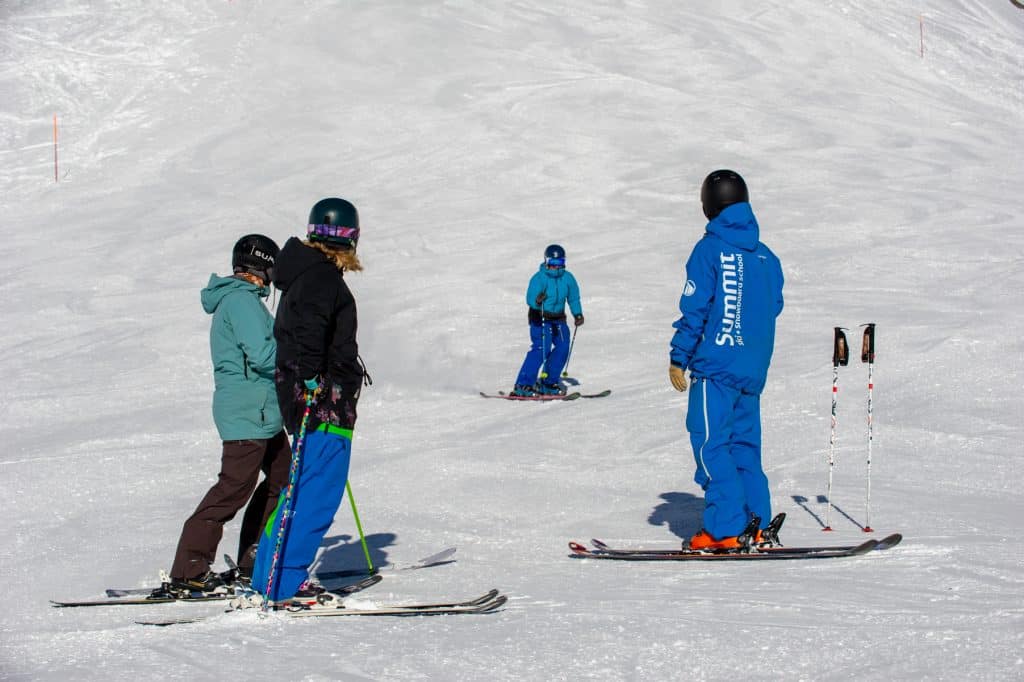
Does it still work in a group lesson?
Yes, with the instructor having a strong grasp of all the learning styles, they can alter and speak to the students, with questioning and descriptions that play into each students preferred style at that time. Both helping the students to clarify what the task is, and how to best achieve it for them specifically.
For example. In a group of 3 students.
Whilst explaining the task, the instructor can pick up on some signals, which hint to which ways the students are processing the information.
- If a student, starts poking the drawing on the floor, or adding to it, then this person may be more Visually inclined. Creating a stronger picture in their head of the task.
- If whilst the instructor is explaining the task, a student starts moving about, having a play with the movement described whilst standing still. They may be more Kinaesthetically inclined, just wanted to have a go, trying to match the words with a feeling.
- If a student starts replaying what you said verbatim to you for confirmation, they may be more of an Auditory learner.
The instructor then will gather this information, and whilst watching the students perform the task, and chatting with them, confirm the signals that they have picked up on the students preferred way to learn. Moving on the instructor can then be more individual, matching each persons preferred learning style at that time. For example above the instructor could;
- For visual learners drawing pictures on the snow, getting them to add to them or to draw their own, confirming they understand the following task.
- For Kinesthetic learners, giving this student a particular movement or feeling to search for whilst performing the next task individual to them.
- For Auditory learners, giving a clear outcome, asking for ways that this student could get their, leading to a small discussion back and forth until the student explains the goal clearly.
Each time the instructor presents a new task, they include something Visual, Auditory and Kinesthetic, that way everyone has a clear idea of what it is they need to achieve. This style of teaching/coaching allows for a deeper understanding by the student, and more success during the lesson.
From my experience both as a student and a coach, being aware of VAK has helped whilst learning to understand tasks and have more fun whilst doing it.
It is very rewarding for both parties when the instructor and the student work together to find the best way for the student to achieve their goals. For me this is the difference between a good instructor and a great instructor.
Therefore, feel free to talk to your instructor and tell them your preferred learning style, and together you can play with it to achieve your desired goals. This was a quick heads up on VAK model and some examples of how it can be used during ski school lessons, thank you for reading, for further information please get in touch.
